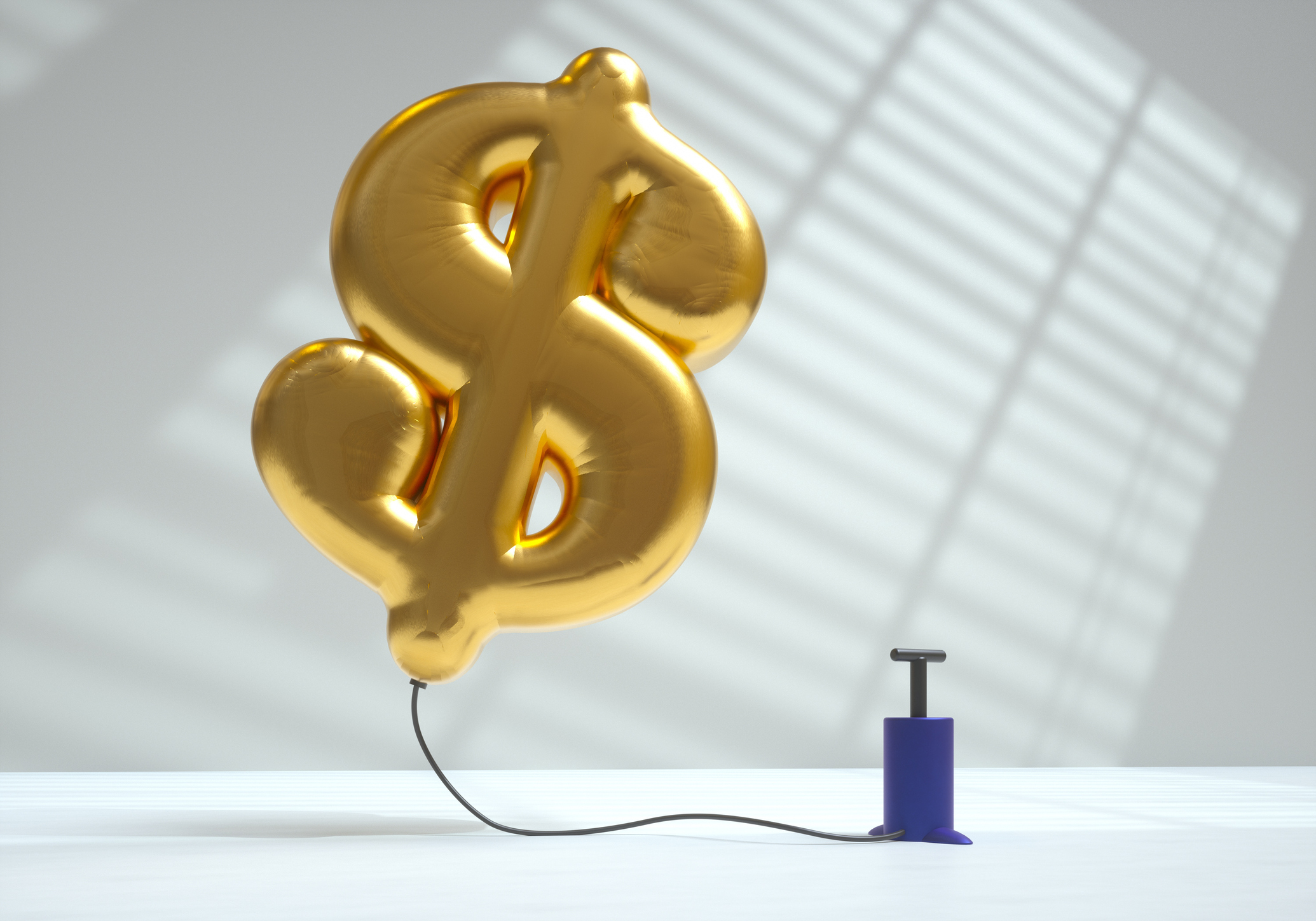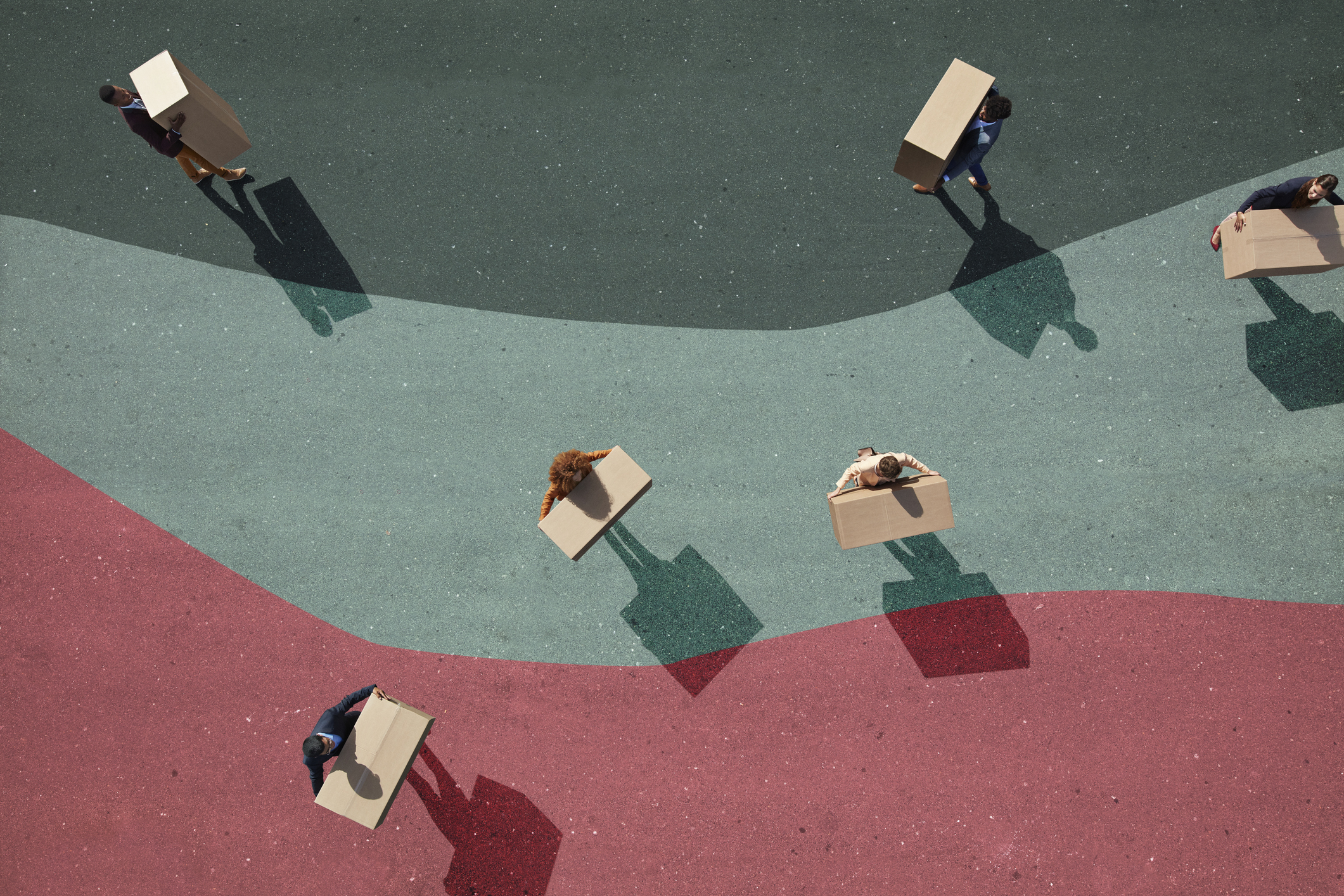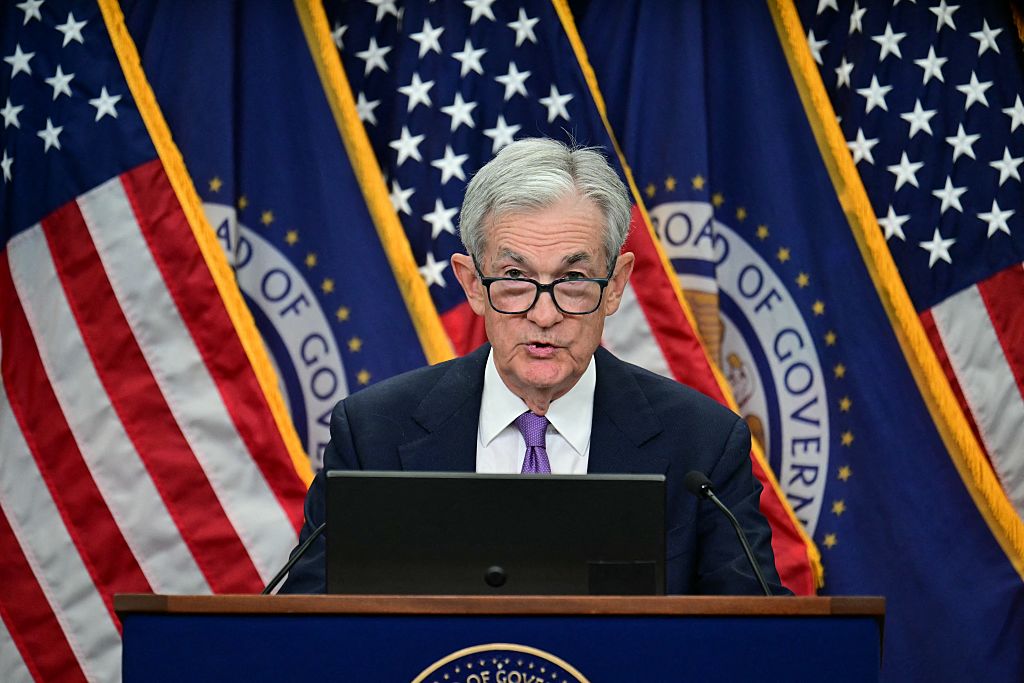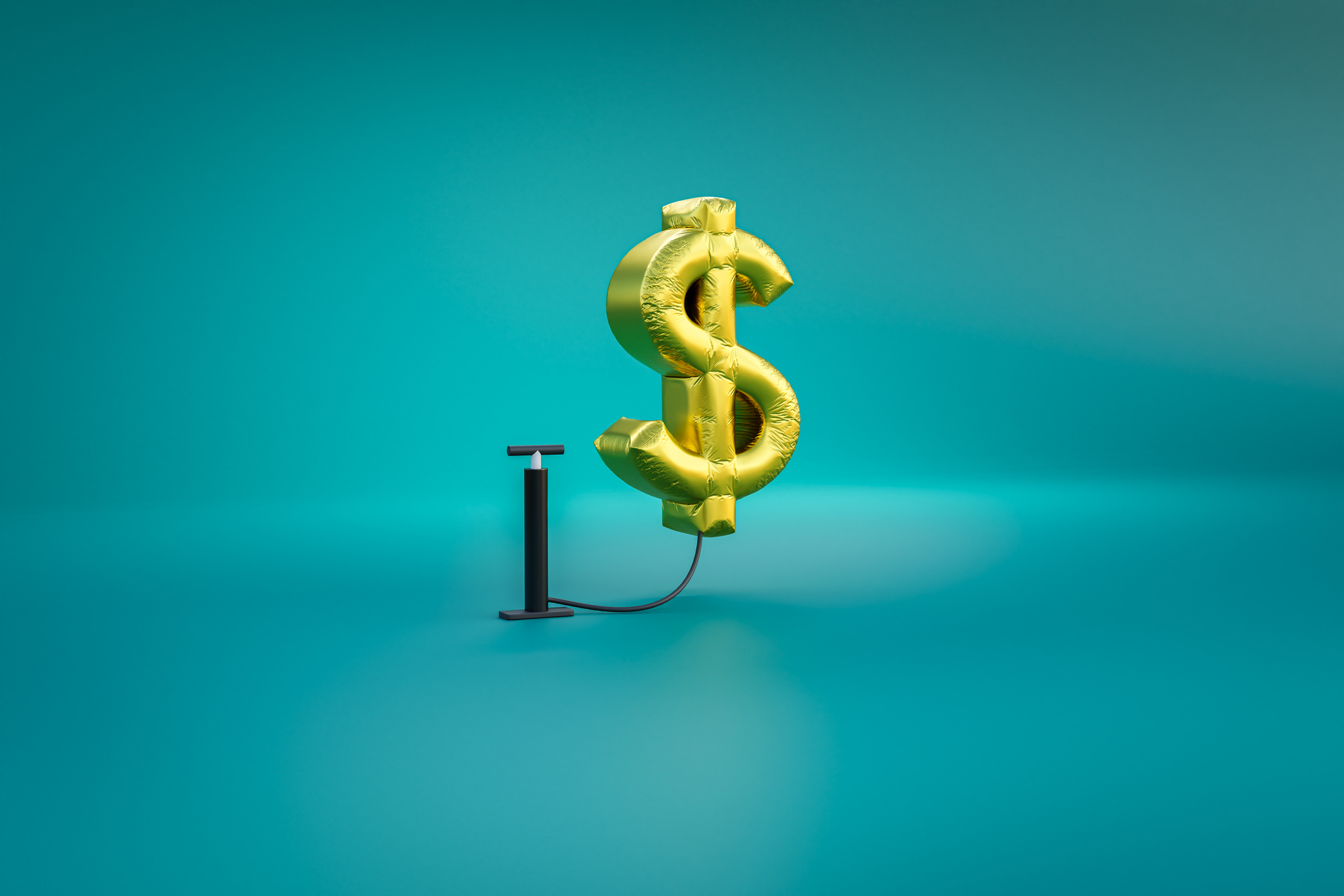The Best Bonds for 2016
Take advantage of the growing gap between yields of long-term Treasuries and those of medium-grade corporates of similar maturities.

As the Federal Reserve gets ready to finally raise interest rates, and fear and loathing reach a fever pitch in bond-land, I am reminded of a column that appeared in a well-known business magazine in December 2013, just before Janet Yellen’s confirmation as Fed chairman. It began, “Bonds are going to get killed. Are you ready?” My reaction at the time: Poppycock. Now, two years later, my view hasn’t changed much.
Bonds will not get slaughtered in 2016 any more than they were clobbered in 2015, mauled in 2014 or creamed over any extended period in recent memory. And that’s because, no matter what the doom-and-gloom crowd opines, interest rates will not skyrocket (bond prices and rates move in opposite directions).
Rates won’t climb much because, as the Fed said after its October meeting, global economic growth is tepid and inflation remains persistently low. A strong dollar also keeps rates low because it encourages foreigners to buy our Treasuries and corporate bonds. All this buttresses my view that low rates and bond yields are an entrenched fact of life and will be around the rest of this decade.
From just $107.88 $24.99 for Kiplinger Personal Finance
Become a smarter, better informed investor. Subscribe from just $107.88 $24.99, plus get up to 4 Special Issues

Sign up for Kiplinger’s Free Newsletters
Profit and prosper with the best of expert advice on investing, taxes, retirement, personal finance and more - straight to your e-mail.
Profit and prosper with the best of expert advice - straight to your e-mail.
My yield forecast. Cutting to the chase, I expect the yield on the benchmark 10-year Treasury bond to range from 2.0% to 2.75% in 2016 (compared with 2.2% in early November). It’s true that if and when the Treasury prints 2.75% on a new bond due in 2026, an existing 10-year bond will lose roughly 6% of its market value. But bond prices and yields will bounce all year within that range. A temporary 6% hit is no more cause to boycott bonds than the 2015 correction in share prices was reason to quit stocks.
For 2016, I suggest that you adhere to a core-and-satellite strategy. The core of your bond portfolio should be a high-grade, medium-maturity mutual fund or exchange-traded fund. Fidelity Total Bond (symbol FTBFX, 3.1% yield), a member of the Kiplinger 25, is a solid choice. If you prefer ETFs, use Pimco Total Return Active ETF (BOND, 2.8%), a member of the Kiplinger ETF 20.
Then target corners of the vast bond marketplace that pay you the most extra income for the least amount of risk. (Tax-exempt municipal bonds are the leading example; I’ll discuss them in detail next month.) Next, look at debt with maturities of two to five years. Even as the Fed kept overnight rates near zero through October, short-term yields have quietly been rising. You can buy short-term and intermediate-term bonds directly, or use funds, such as Kip 25 member Vanguard Short-Term Investment-Grade (VFSTX, 1.8%) or DoubleLine Low Duration (DLSNX, 2.1%), that mostly hold bonds in that range of maturities.
To aim for still higher yields, take advantage of the growing gap between yields of long-term Treasuries and those of medium-grade corporates of similar maturities. Many long-term corporates with triple-B ratings are now paying about 2.5 percentage points more than comparable government debt, meaning you can get yields of about 5% on IOUs from solid, though not pristine, borrowers. I sense that yields of 5% on triple-B bonds are more than enough to attract such key buyers as banks, insurance companies and Europeans who cannot abide the Continent’s invisible yields, and I wouldn’t be surprised to see total returns of 7% in this area in 2016. A solid fund with about two-thirds of its assets in bonds with triple-B ratings is T. Rowe Price Corporate Income (PRPIX, 3.3%).
I am much less sanguine about high-yield bonds because of the heavy representation of energy companies in the junk-bond market. Unless oil prices unexpectedly rally, we could be facing a raft of defaults in the energy patch. Stick with investment-grade bonds over the coming year.
Senior Editor Jeff Kosnett is also the editor of Kiplinger’s Investing for Income, a monthly newsletter that focuses exclusively on this topic.
Profit and prosper with the best of Kiplinger's advice on investing, taxes, retirement, personal finance and much more. Delivered daily. Enter your email in the box and click Sign Me Up.

Kosnett is the editor of Kiplinger Investing for Income and writes the "Cash in Hand" column for Kiplinger Personal Finance. He is an income-investing expert who covers bonds, real estate investment trusts, oil and gas income deals, dividend stocks and anything else that pays interest and dividends. He joined Kiplinger in 1981 after six years in newspapers, including the Baltimore Sun. He is a 1976 journalism graduate from the Medill School at Northwestern University and completed an executive program at the Carnegie-Mellon University business school in 1978.
-
 The Wealth Equation: Balancing Money and Stress
The Wealth Equation: Balancing Money and StressSponsored Don’t let assets be a liability that strains your family.
-
 Is Your Emergency Fund Running Low? Here's How to Bulk It Up
Is Your Emergency Fund Running Low? Here's How to Bulk It UpIf you're struggling right now, you're not alone. Here's how you can identify financial issues, implement a budget and prioritize rebuilding your emergency fund.
-
 Guide to How All-Assets Planning Offers a Better Retirement
Guide to How All-Assets Planning Offers a Better RetirementAn "all-asset" strategy would integrate housing wealth and annuities with traditional investments to generate more income and liquid savings for retirees.
-
 The November CPI Report Is Out. Here's What It Means for Rising Prices
The November CPI Report Is Out. Here's What It Means for Rising PricesThe November CPI report came in lighter than expected, but the delayed data give an incomplete picture of inflation, say economists.
-
 The Delayed November Jobs Report Is Out. Here's What It Means for the Fed and Rate Cuts
The Delayed November Jobs Report Is Out. Here's What It Means for the Fed and Rate CutsThe November jobs report came in higher than expected, although it still shows plenty of signs of weakness in the labor market.
-
 December Fed Meeting: Updates and Commentary
December Fed Meeting: Updates and CommentaryThe December Fed meeting is one of the last key economic events of 2025, with Wall Street closely watching what Chair Powell & Co. will do about interest rates.
-
 The Delayed September Jobs Report Is Out. Here's What It Means for the Fed
The Delayed September Jobs Report Is Out. Here's What It Means for the FedThe September jobs report came in much higher than expected, lowering expectations for a December rate cut.
-
 October Fed Meeting: Updates and Commentary
October Fed Meeting: Updates and CommentaryThe October Fed meeting is a key economic event, with Wall Street turned into what Fed Chair Powell & Co. did about interest rates.
-
 The Delayed September CPI Report is Out. Here's What it Signals for the Fed.
The Delayed September CPI Report is Out. Here's What it Signals for the Fed.The September CPI report showed that inflation remains tame – and all but confirms another rate cut from the Fed.
-
 Banks Are Sounding the Alarm About Stablecoins
Banks Are Sounding the Alarm About StablecoinsThe Kiplinger Letter The banking industry says stablecoins could have a negative impact on lending.
-
 Government Shutdown to Delay Data, Including Key Jobs Report
Government Shutdown to Delay Data, Including Key Jobs ReportWhile government shutdowns typically don't impact stock returns, they can delay the release of key economic data – including the monthly jobs report.